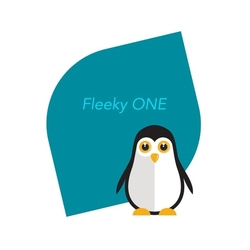
Outline for an introduction course on APIs
On general request, we will post an introduction course on APIs in the following weeks.
Here is the outline. Stay tuned for the follow up ?
I. Introduction to APIs
A. What is an API?
Definition and basic concept
2. How APIs enable communication between software applications
B. Why are APIs important?
1. Advantages and benefits of using APIs
2. Real-world examples of API usage
II. Types of APIs
A. Web APIs
1. Overview of RESTful APIs
2. SOAP APIs and other web service protocols
B. Library and Framework APIs
1. Understanding SDKs and client libraries
2. Popular libraries and frameworks with APIs
III. How APIs Work
A. API request and response flow
1. HTTP methods (GET, POST, PUT, DELETE)
2. Request headers and parameters
B. API authentication and authorization
1. API keys and tokens
2. OAuth and other authentication methods
C. Error handling and response codes
1. HTTP status codes
2. Handling errors and troubleshooting
IV. API Design Best Practices
A. Designing user-friendly APIs
1. Naming conventions and endpoint structures
2. Versioning and backward compatibility
B. API documentation and specifications
1. Generating and maintaining API documentation
2. OpenAPI/Swagger and other API specification formats
V. Consuming APIs
A. Making API requests
1. Using libraries and frameworks to interact with APIs
2. Testing APIs with tools like cURL or Postman
B. Handling API responses
1. Parsing JSON and XML data
2. Error handling and response validation
VI. API Security
A. Common security vulnerabilities
1. Cross-Site Scripting (XSS)
2. Cross-Site Request Forgery (CSRF)
B. Authentication and authorization best practices
1. Securing API endpoints
2. Rate limiting and throttling
VII. API Integration
A. Integrating APIs into applications
1. Step-by-step process of integrating an API
2. Working with different programming languages and frameworks
B. Handling API versioning and updates
1. Strategies for managing API changes in existing applications
2. Using semantic versioning and deprecation practices
VIII. Advanced API Topics (optional, depending on course level and duration)
A. Pagination and result filtering
B. Caching and performance optimization
C. Asynchronous APIs and event-driven architectures
IX. Conclusion
A. Recap of key concepts learned
B. Resources for further learning and exploration
Source OpenAI’s ChatGPT Language Model and DALLE – Images Picsart

Invest in your future & learn
Learn affiliate marketing & build your own website.
Heads up! Make sure you sign up using my referral link to get access to my personal coaching and all features.
👉 Sign Up







